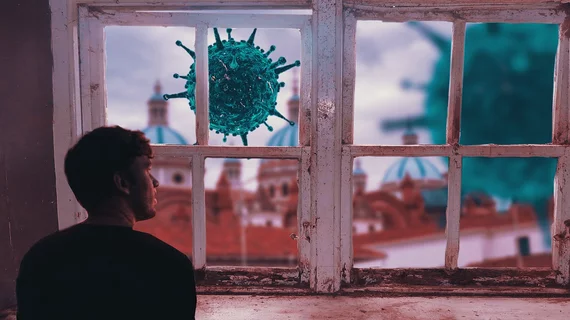COVID-19’s impact on early career radiologists’ well-being underlines need for intervention
COVID-19 has had a significant impact on the well-being of early career radiologists, underlining the need for intervention, according to new survey data published Wednesday.
Only about 52% of young rads said they have received any sort of formal training on the novel coronavirus. Amid pandemic-related shutdowns, 46% said they weren’t allowed to work remotely while 86% could not switch from clinical duties to research.
Trainee health, financial status and work routines were all impacted by the public health crisis. Half of survey respondents said they had been infected, while some saw their work suspended, impacting them both mentally and financially. Yet, only about 50% had access to mental health services, according to results published in Insights into Imaging.
“The ongoing SARS-CoV-2 outbreak has significantly affected all aspects of postgraduate radiology training across the ESR member countries,” the European Society of Radiology detailed Nov. 9. “Identification of these affected areas will assist in the development and implementation of mitigation measures and the preparation for potential future resurgences of SAR-CoV-2 or alternative similar situations.”
The society sent its 28-question survey to all of its European radiologist members in training. Nearly 250 filled out the survey, representing 34 countries with Turkey and Poland returning the most answers. Respondents were an average age of 31 and evenly split between male and female.
Only about 43% of radiologists said they were offered opportunities to learn online during the pandemic. Nearly 39% received limited or delayed feedback on their work while 17% received none. A small minority (13) were suspended with pay (31%) or without (38.5%) or forced to use up vacation time (8%) or sick hours (23%). More than 14% said they didn’t have access to PPE while treating COVID patients and 7% saw their finances impacted by the pandemic.
ESR suggested several ways to improve well-being for early career residents. Those include offering paid leave to residents who fall ill with the virus, ensuring loan repayment can be extended, and making mental health services available to trainees those facing psychological struggles.
You can read more about ESR’s findings here.

